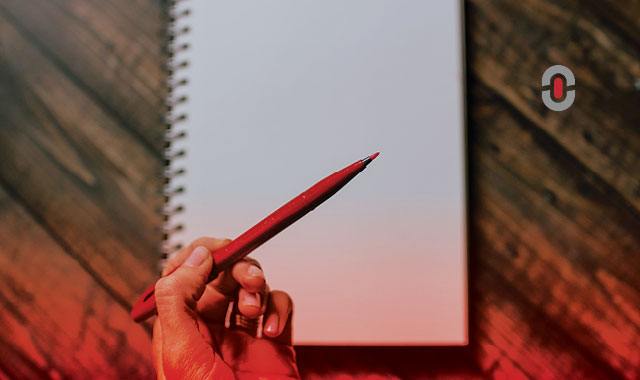Nothing screams out to a reader and frustrates them more than typos, inconsistencies, and grammatical issues and this is where a copy editor comes in. In the business, academic, government, and private world, publications abound. Each day, new materials are published for general consumption – from news articles to blog posts, short ad copy and even book manuscripts. However, what tends to happen is that writers become blind to their own mistakes and a copy editor really comes in handy at this point. Copyediting is an art and takes many years to master. But what does a copy editor do and how can you become one? Take a look below.
What Does A Copy Editor Do?
Simply put, a copy editor is a person with a wide skill set. Their primary function is to ensure that all copy that passes through their hands is perfect and ready for print or publication. They do this by ensuring that there are no inconsistencies or errors in terms of grammar, punctuation, language usage, factual mistakes, and more. So, how do they do this?
Well, every organization ideally has a style guide that they use to convey their tone of voice and to ensure consistency with all published materials. As a result, a copy editor ensures that they know this style guide inside out and that they’re able to apply its rules and principles to all copy that they come across.
Further to this, because a copy editor usually works with more than one writer, their job also entails project management of different writers, ensuring consistency throughout the process, and strong communication skills to see to it that writers address the changes suggested as well as see to it that the style guide is followed and that no inaccuracies, inconsistencies, and errors appear in the final written product. In the profession, there can also be full-time copy editors as well as freelance copy editors. Both, however, fulfil the same function of making sure that all copy is perfect before proceeding to print or publication. It’s a heavy responsibility to shoulder and it fulfils an important function in all spheres of life.
Is Copyediting Different From Proofreading?
If the world of publishing is murky to you at this point, we hope to bring you some clarity. This will be done by comparing copyediting and proofreading. While a copy editor typically looks at the bigger picture of a written text – ensuring flow, character consistencies, and a strong plot in addition to minor errors, a proofreader gets a copy of the published manuscript and then ensures that all glaring typos and minor issues are eliminated before the book goes to print and no further changes can be made to it once it’s on the shelves.
As a result, both parties play a crucial role in the publishing process with the copy editor taking on a strong role in offering both major and minor corrections while the proofreader tends to pick up on more minor details of the copy, although that is not to say that their job is minor. In fact, both require a highly strong attention to detail and precision.
How To Become A Copy Editor
 If you’d like to become a copy editor and offer copy editing services, there are a couple of personal characteristics that you need to possess. While some may argue that you need a degree in English or Journalism to become a copy editor, what could be even more valuable to you is building a portfolio of work on a professional basis without having these professional qualifications.
If you’d like to become a copy editor and offer copy editing services, there are a couple of personal characteristics that you need to possess. While some may argue that you need a degree in English or Journalism to become a copy editor, what could be even more valuable to you is building a portfolio of work on a professional basis without having these professional qualifications.
Good writing skills are also a must for a copy editor. Usually, copy editors start out as copywriters, which means that they create copy for ads and the web, print materials, and more. With the variety of types of copy out there, it’s possible to build a wider portfolio of work as you are able to demonstrate to your clients that you’re able to write in different tones of voices, using varied styles, and with accuracy and precision in order to get your point across flawlessly and to achieve the desired objectives of the given copy.
As a result of these requirements, a copy editor will also need to pay extreme attention to detail. We say extreme here because they are the second-last pair of eyes that will look at a text before publication and any inconsistencies or illogical claims need to be ironed out first. This gives a more polished final product and helps the reader have a more enjoyable and better experience with the final written text produced.
Further to this, copy editors must be excellent communicators. This is because they often manage teams of writers instead of just one writer. As part of their communication abilities, they need to be able to convey errors and mistakes in a way that encourages the writer to improve future copy rather than making them feel awful about their work. Consequently, empathy and compassion are other related skills required.
Finally, to get even better at copyediting, it’s advisable for a certified copy editor to continuously improve their work and output. This can only be done with practice and exposure to literature. Taking creative writing courses is just one way of doing this.
Do Not Skip Copyediting
A good copy editor knows their organization’s style guides inside out. They can then implement the rules in these guides and apply them to every copy that comes their way. While copy editing services may seem like a further strain on the budget when publishing, it is crucial for producing quality results – both for the reader and to maintain the organization’s reputation for producing high-quality output – and this step should not be skipped in the copy preparation and editing process.
